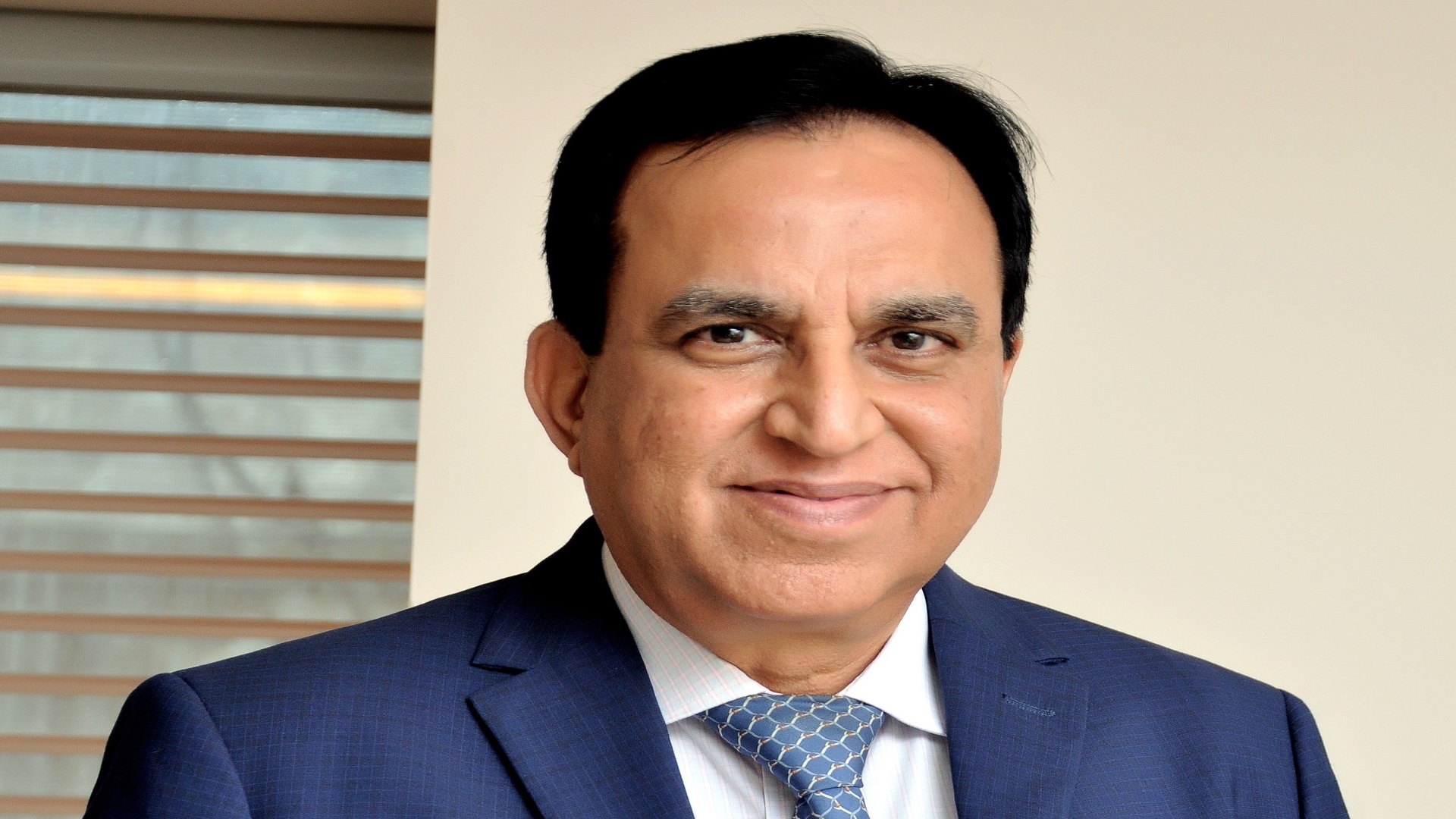As we aim to become a 5 trillion-dollar economy, its growth is linked with India’s major manufacturing sector – steel. India is the second-largest producer of steel globally, producing more than 100 MT each year. It is also one of the most prominent job creators in the country. In Tier-3 cities of India, the primary and secondary steel sector gives employment to over 6 lakh people directly and 20 lakh people indirectly. According to a national research study, India’s steel sector has a very high potential to contribute to India’s overall development. It is one of the commodities that is helping the economic activity of many sectors.
The growth of the steel industry plays a pivotal role in a nation’s development. All countries need steel to build new infrastructures like roads, railway lines, buildings, and bridges. Other than that, steel is also primarily used in pipelines to transport gases and liquids underground, such as oil, gas, and water.
The ‘Make in India’ campaign, which aims to change India into a global design and manufacturing hub, supports the development of steel-using sectors. The primary reasons for the steel industry’s growth are the increasing demand for pipes in the irrigation, oil & gas and the infrastructure sector. The need for steel pipes increases as the requirement for oil and gas transportation in India is growing. The Indian Government is launching new projects keeping in mind the increasing demand for oil and gas transportation and expansion of the housing sector.
As the country is slowly moving towards a gas-based economy, the success of ‘One Nation, One Gas Grid’ mission majorly depends on the infrastructural development of the natural gas pipeline. By the end of 2030, India is expected to have a natural gas pipeline network of around 31,000kms with a nationwide gas grid in place. The increase in demand for natural gas will further boost the need for pipeline infrastructure, which will be a significant contributor to steel consumption.
Another important initiative that will augur well for the steel pipe industry is ‘Jal Jeevan Mission’. Under this initiative, the Government will provide piped water across India’s rural areas. As per the recent budget, the drinking water project costing INR 1,094 crore has also been included, along with 12 new drinking water projects under the Jal Jeevan Mission this year. Its mission is to provide safe and adequate drinking water to the people. Piped water supply is a long-awaited dream for India’s rural areas that will allow people to manage and maintain the water supply for consumption. Moreover, ambitious river interlinking projects contemplated in various parts of the country will also significantly increase the demand for large diameter steel pipe in the coming years.
Pipeline infrastructure is evolving worldwide in many ways as it is the most convenient way of transporting gas and liquids amongst all the possible options. And to become sustainable for its energy needs, India has to develop its transportation infrastructure even further. The Government’s efforts to support the steel industry through various reforms will boost infrastructure and stimulate the demand for pipelines.
India’s development relies on a solid framework of transportation and connectivity of these pipelines to pave the way for optimal business growth and expansion.
